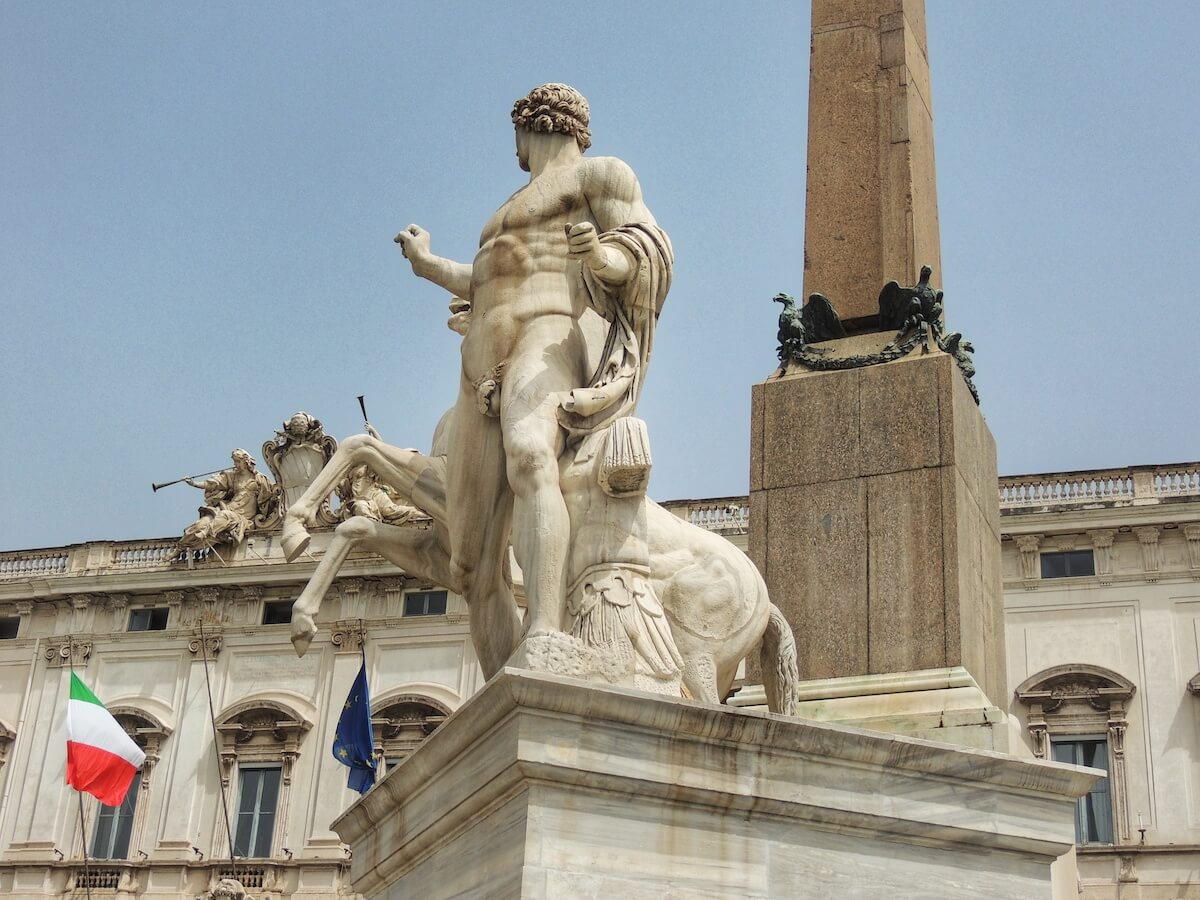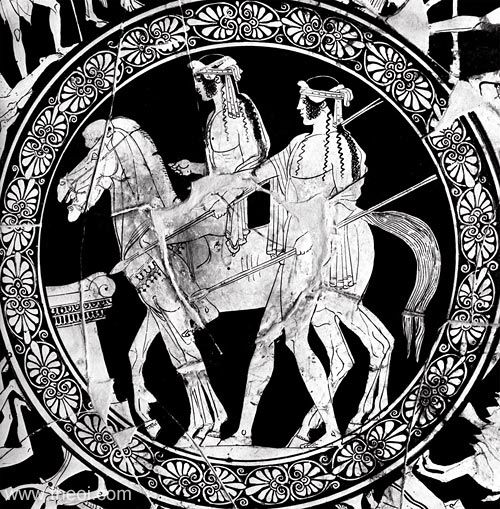Reference




OpenAI's Answer
The evidence suggesting that the cult of the Dioscuri, comprising the divine twins Castor and Pollux, was widespread in ancient societies is manifold. Here are some key points:
-
Geographical Spread: The cult of the Dioscuri was significant in many regions of Italy, particularly in Latium and Etruria. It was also deeply rooted in other parts of the ancient world like the city of Sparta in Greece, and it eventually spread to other regions such as the Peloponnese and beyond (Source: Balzan, JSTOR, Theoi Greek Mythology).
-
Cultural Influence: The Dioscuri were widely venerated as protectors of sailors and patrons of horsemen and races. These roles made them essential figures in cultures where maritime activities and chariot racing were prominent.
-
Archaeological Evidence: Analysis of ceramic representations and other artifacts such as Apulian vases provide iconographic evidence of the Dioscuri, underscoring their cultural presence and influence.
-
Roman Adoption: In Rome, particularly from the mid-Republican period to the end of the Julio-Claudian dynasty, the Dioscuri's cult saw significant development, reflecting the integration of Greek deities into Roman religious practices (Source: University of Oxford).
These elements demonstrate the widespread nature and significance of the Dioscuri’s cult across various ancient societies. The presence of temples, artifacts, and literary references further cements their importance in cultural and religious contexts of the time.
Follow Up
Related
How do the ancient texts explain the concept of the soul?
Which prestigious prize did Walter Burkert receive in 2003?
How did the Rhodian tetradrachm's weight change between 316-305 BC and 230-205 BC?
What are the main differences between the Attic standard and Aeginetan standard?
How did ancient civilizations create and use paint in artistic works?